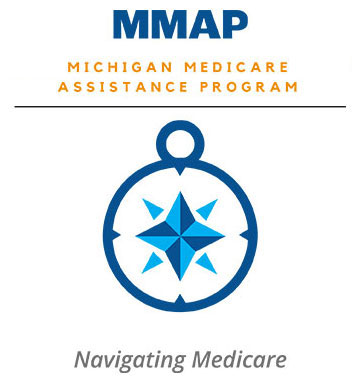Over 40 million Medicare beneficiaries utilized free preventive services in 2016
The Department of Health and Human Services released today new information that shows that millions of seniors and people with disabilities with Medicare continue to save on prescription drugs and see improved benefits in 2016 as a result of the Affordable Care Act.
More than 11.8 million Medicare beneficiaries have received discounts over $26.8 billion on prescription drugs – an average of $2,272 per beneficiary – since the enactment of the Affordable Care Act. In 2016 alone, over 4.9 million seniors and people with disabilities received discounts of over $5.6 billion, for an average of $1,149 per beneficiary. This is an increase in savings compared to the 2015 information released this time last year, when 5.2 million Medicare beneficiaries received discounts of $5.4 billion, for an average of $1,054 per beneficiary.
Medicare beneficiaries also continue to take advantage of certain recommended preventive services with no coinsurance:
• An estimated 40.1 million people with Medicare (including those enrolled in Medicare Advantage) took advantage of at least one preventive service with no copays or deductibles in 2016, slightly more than in 2015.
• More than 10.3 million Medicare beneficiaries (including those enrolled in Medicare Advantage) took advantage of an Annual Wellness Visit in 2016. Looking just at original Medicare, nearly one million more people utilized an Annual Wellness Visit in 2016 than 2015 (more than 6.6 million compared to nearly 5.8 million).
“While the Affordable Care Act has expanded coverage to 20 million Americans, the law is also a game changer for millions of older Americans,” said Centers for Medicare & Medicaid Services (CMS) Acting Administrator Andy Slavitt. “These benefits are providing seniors and people with disabilities with Medicare coverage increased financial security and the guarantee that they can get an important preventive screening without cost to them.”
Today’s announcement is part of the Administration’s broader strategy to improve the health care system by paying providers for what works, unlocking health care data, and finding new ways to coordinate and integrate care to improve quality. The Affordable Care Act provides tools – such as providing certain recommended preventive services at no cost sharing and closing the Medicare Part D “donut hole” – to make our health care system more affordable for patients and move it toward one that rewards doctors based on the quality, not the quantity of care they give patients. In addition, Medicare exceeded – earlier than predicted – the Administration’s goal to tie more than 30 percent of fee-for-service payments by the end of 2016 through alternative payment models to quality and cost metrics. Medicare is on pace to reach 50 percent by the end of 2018.
Closing the prescription drug “donut hole”
The Affordable Care Act makes Medicare prescription drug coverage more affordable by gradually closing the gap in coverage during which beneficiaries had to pay the full cost of their prescriptions out of pocket, after hitting their initial coverage limit, and before catastrophic coverage for prescriptions took effect. The gap is known as the donut hole. Because of the Affordable Care Act, the donut hole has been narrowing each year, and will be closed by 2020.
Because of the health care law, in 2010, anyone with a Medicare prescription drug plan who reached the prescription drug donut hole received a $250 rebate. In 2011, beneficiaries in the donut hole began receiving discounts and savings on covered brand-name and generic drugs. People with Medicare Part D who are in the donut hole in 2017 will receive discounts and savings of 60 percent on the cost of brand name drugs and 49 percent on the cost of generic drugs.
For state-by-state information on discounts in the donut hole, go to: https://downloads.cms.gov/files/Part%20D%20Donut%20Hole%20Savings%20by%20State%20YTD%202016.pdf.
For more information about Medicare prescription drug benefits, go to: http://www.medicare.gov/part-d/.
Medicare preventive services
The Affordable Care Act added coverage of an annual wellness visit and eliminated coinsurance and the Part B deductible for certain recommended preventive services covered by Medicare, including many cancer screenings and other important benefits. By making certain preventive services available with no cost sharing, the Affordable Care Act removes barriers to prevention, helping Americans take charge of their own health and helping individuals and their providers better prevent illness, detect problems early when treatment works best, and monitor health conditions.
For state-by-state information on utilization of an annual wellness visit and preventive services at no cost to Medicare beneficiaries, please visit: https://downloads.cms.gov/files/Beneficiaries%20Utilizing%20Free%20Preventive%20Services%20by%20State%20YTD%202016.pdf.

